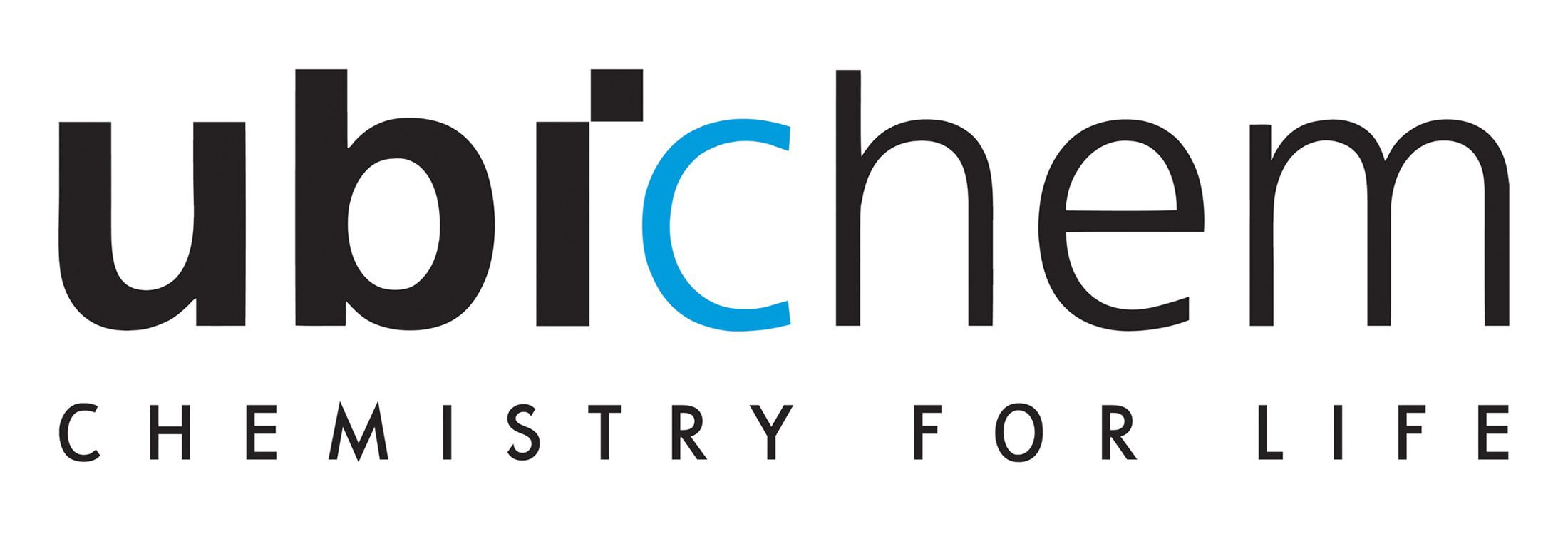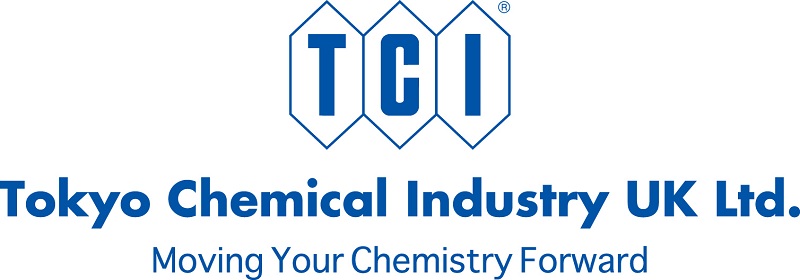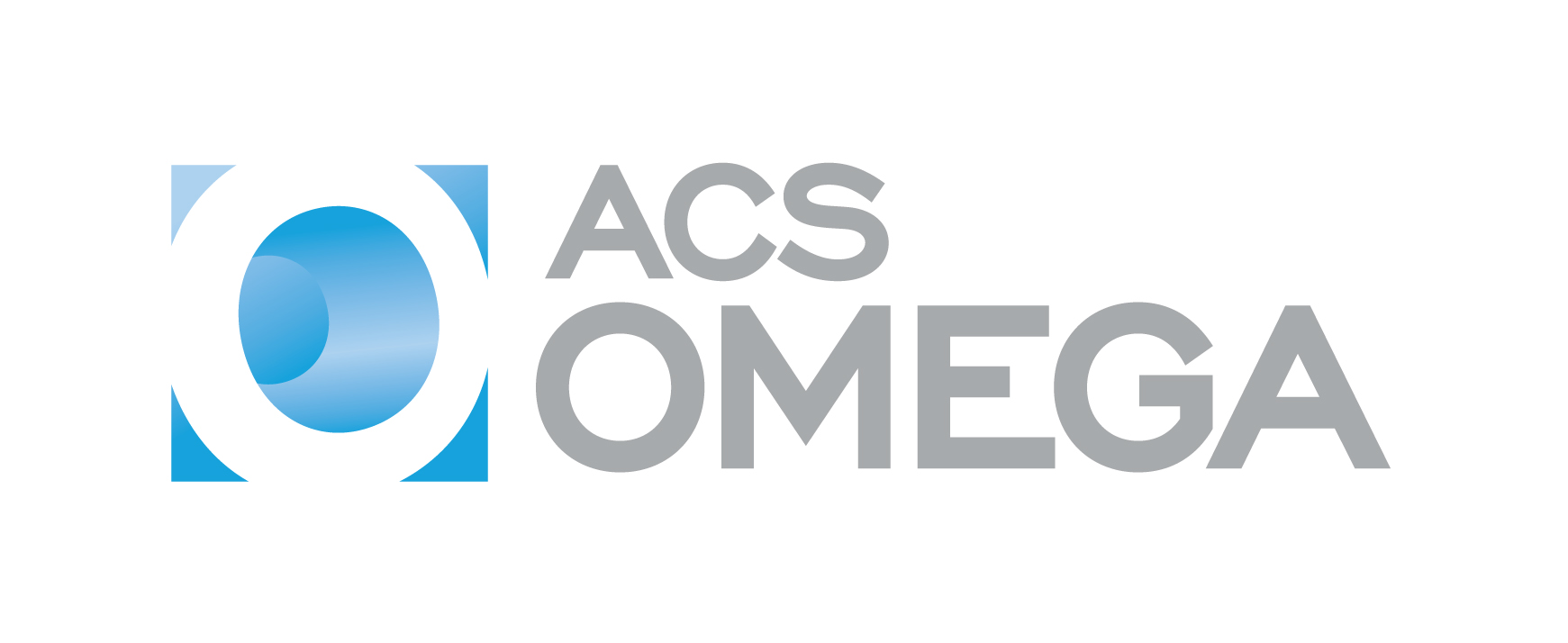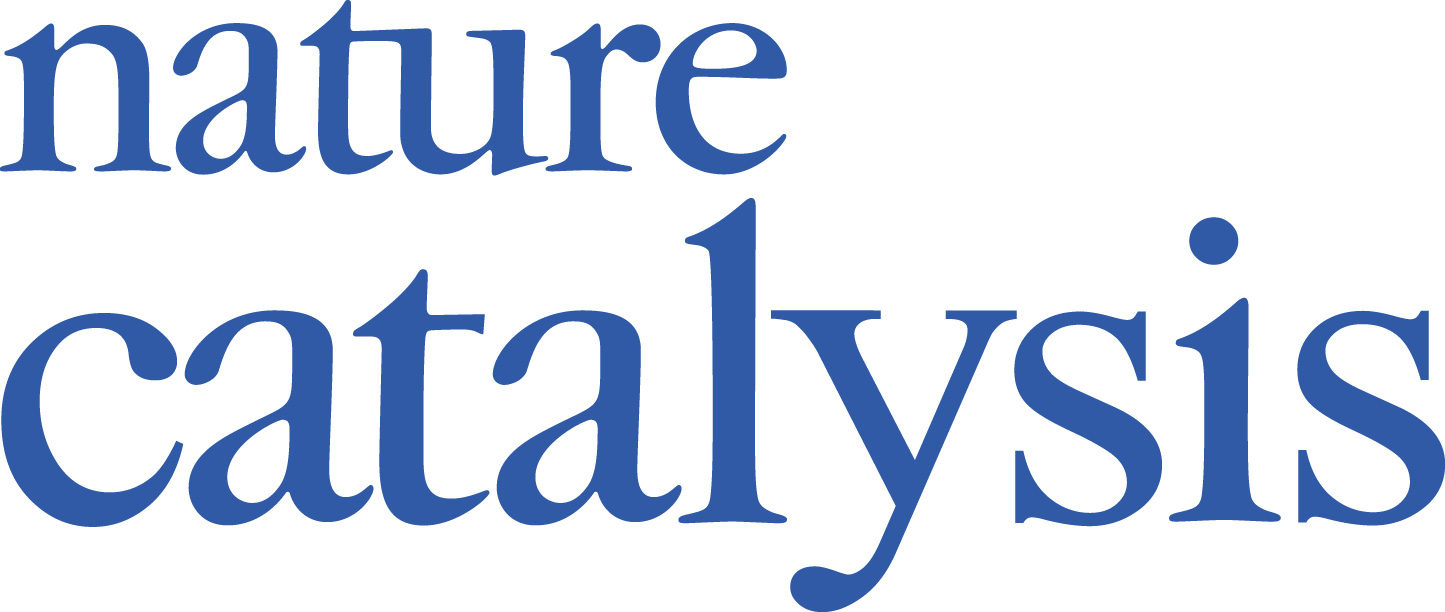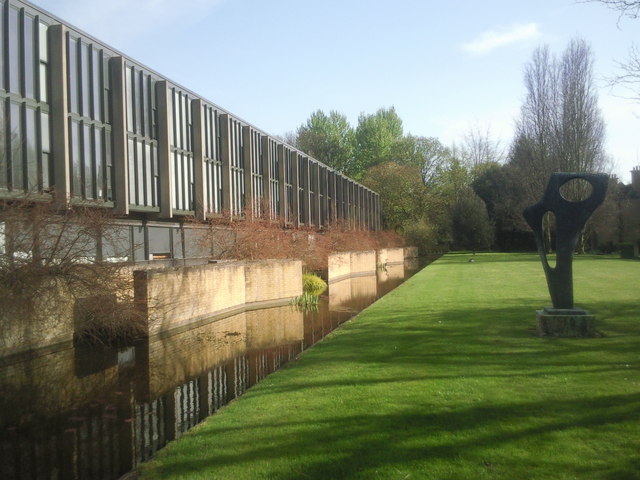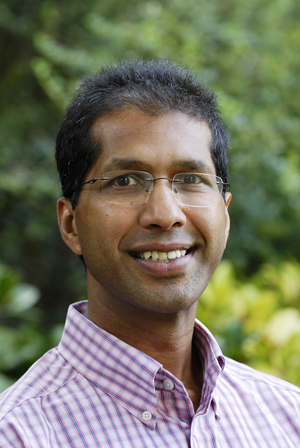 Varinder Aggarwal, University of Bristol, United Kingdom
Varinder Aggarwal, University of Bristol, United Kingdom
Varinder K. Aggarwal studied chemistry at Cambridge University and received his Ph.D. in 1986 under the guidance of Dr. Stuart Warren. After postdoctoral studies (1986-1988) under Prof. Gilbert Stork, Columbia University, he returned to the UK as a Lecturer at Bath University. In 1991 he moved to Sheffield University, where he was promoted to Professor in in 1997. In 2000 he moved to Bristol University where he holds the Chair in Synthetic Chemistry. He was elected Fellow of the Royal Society in 2012.
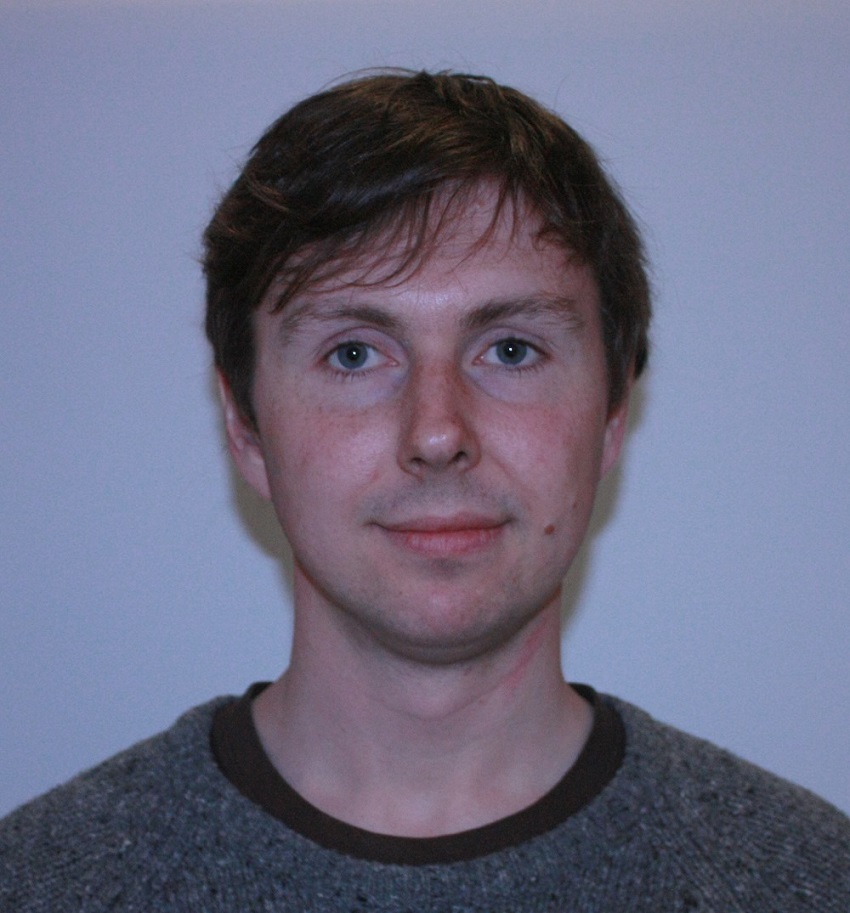 John Bower, University of Bristol, United Kingdom
John Bower, University of Bristol, United Kingdom
John Bower obtained his PhD degree in 2007 from the University of Bristol. He then undertook postdoctoral appointments at the University of Texas at Austin and the University of Oxford, before commencing his independent career in 2010. His research focusses on the design and mechanism of transition metal catalysed N-heterocyclic methodologies.
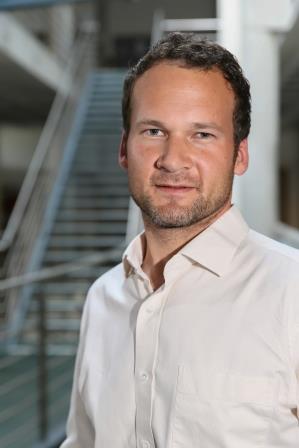 Nicolai Cramer, EPF Lausanne, Switzerland
Nicolai Cramer, EPF Lausanne, Switzerland
Nicolai Cramer obtained a PhD from the University of Stuttgart and was a postdoctoral scholar at Stanford. After a Habilitation at ETH Zurich, he moved to EPFL where he is currently Professor of Chemistry. His research interests focus on enantioselective functionalizations of inert bonds enabled by tailored ligands and implementations of these methods for the synthesis of biologically active molecules.
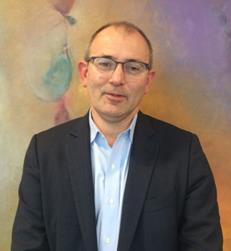 Ian Davies, Merck & Co. Inc, United States
Ian Davies, Merck & Co. Inc, United States
Ian obtained his PhD with Tim Gallagher in 1992, completed a NATO Postdoctoral fellowship with Barry Trost and then joined Merck as a Senior Research Chemist in 1995. Since then Ian has developed broad experience and led chemical innovation within Merck & Co., Inc. across Process Chemistry, Medicinal Chemistry, Labeled Compound Synthesis and RNA Therapeutics. Ian is passionate about hiring and developing a diverse team of scientists to enable the next generation of sustainable chemical innovation.
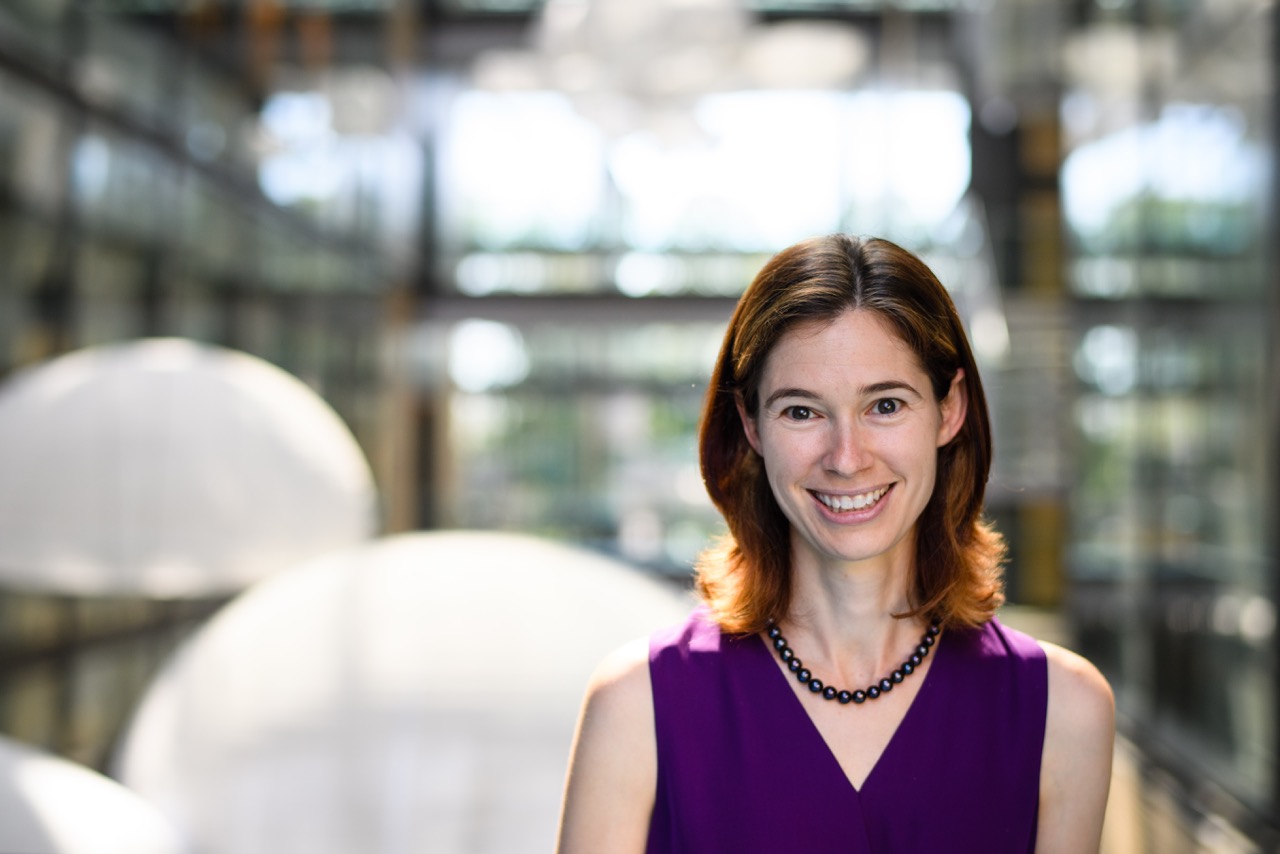 Abigail Doyle, Princeton University, United States
Abigail Doyle, Princeton University, United States
Abigail Doyle received her AB and AM from Harvard University and then spent a year at Stanford University conducting research with Prof. Justin Du Bois. Abby returned to Harvard for her PhD studies, working with Prof. Eric Jacobsen in the area of asymmetric catalysis. Abby joined the faculty at Princeton University in 2008, where she is currently a Professor of Chemistry. Her group’s research interests center on the invention of new approaches to chemical synthesis that harness unique properties of transition metal catalysts. https://chemists.princeton.edu/doylelab/
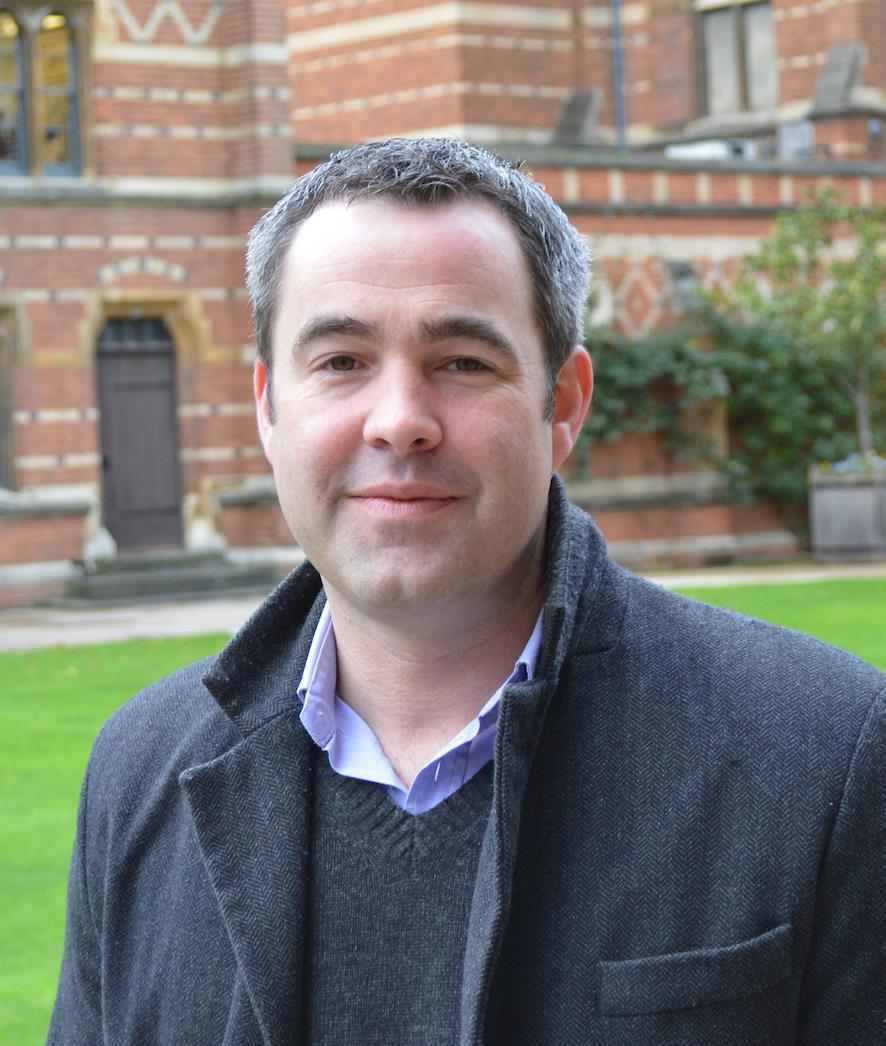 Stephen Fletcher, University of Oxford, United Kingdom
Stephen Fletcher, University of Oxford, United Kingdom
Stephen Fletcher studied chemistry at Mount Allison University and the University of Alberta in Canada. After Postdoctoral stints with Professors Ben Feringa (Groningen) and Jonathan Clayden (Manchester) he started a research group at the University of Oxford in 2009. Steve’s research interests include asymmetric catalysis, the origins of life, and dynamic stereochemistry.
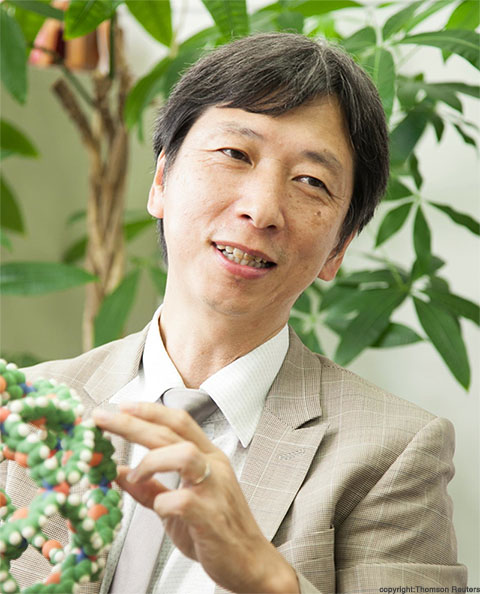 Makoto Fujita, University of Tokyo, Japan
Makoto Fujita, University of Tokyo, Japan
In view of constructing nanoscale discrete structures, Fujita has pioneered a novel principle of metal-directed self-assembly, in which transition-metal ions induce the spontaneous formation of targeted large frameworks. His method features an extremely elegant use of palladium's square planar coordination geometry which was first demonstrated in 1990 by the self-assembly of a Pd(II)-bipyridine square complex. Later on, a large variety of related molecules has been synthesized such as, in particular, cages, capsules, tubes, catenanes, and spheres. Most of these structures have large hydrophobic cavities, within which Fujita elaborated and studied unique molecular recognition events that led to controlled chemical reactions and induced physical properties, at a very early stage of this research area. These earlier studies have strongly contributed to trigger the rapid development of molecular self-assembly in the course of the last twenty years. Since 1994, Fujita has also strongly contributed to the field of porous coordination networks. A hot topic in due course is single-crystal-to-single-crystal guest exchange that has led to a new X-ray technique (crystalline sponge method) as discussed in this lecture.
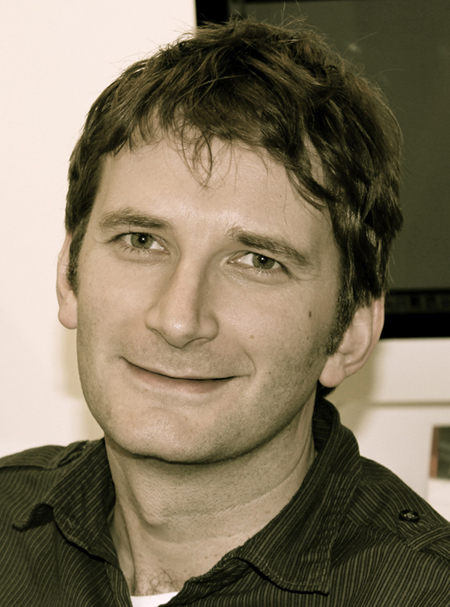 Matthew Gaunt, University of Cambridge, United Kingdom
Matthew Gaunt, University of Cambridge, United Kingdom
Matthew Gaunt graduated from the University of Birmingham having completed undergraduate research in the labs of Professor Richard Walker and Dr Jonathan Percy. He moved to the University of Cambridge for graduate studies with Dr Jonathan Spencer in 1995, graduating in 2000. After PhD, he moved to the University of Pennsylvania for postdoctoral research with Professor Amos B Smith III, as a GlaxoWellcome Postdoctoral Fellow. In 2002 he retuned to Cambridge as a Junior Research Fellow and Ramsay Memorial Fellow with Professor Steven Ley. He began his independent research career in 2003 at the University of Cambridge, firstly as a Royal Society University Research Fellow, then as Lecturer in 2006, Reader in 2010, and as Professor from 2012. He is currently Chair of Synthetic Chemistry in the Department of Chemistry.
The group’s research has been acknowledged through a number of awards comprising 2016 ACS Cope Scholar Award, 2015 Novartis Lectureship, 2015 Royal Society Wolfson Merit Award, 2013 Royal Society of Chemistry Corday Morgan Medal, 2009 Eli Lilly Young Lecturer Award, 2008 Astra Zeneca Research Award, 2008 Novartis Young Investigator Award, 2008 Chem. Soc. Reviews Emerging Investigator Award, 2005 DowPharma Prize for Creativity in Chiral Chemistry.
Matthew Gaunt is an Associate Editor for the RSC journal, Chemical Science.
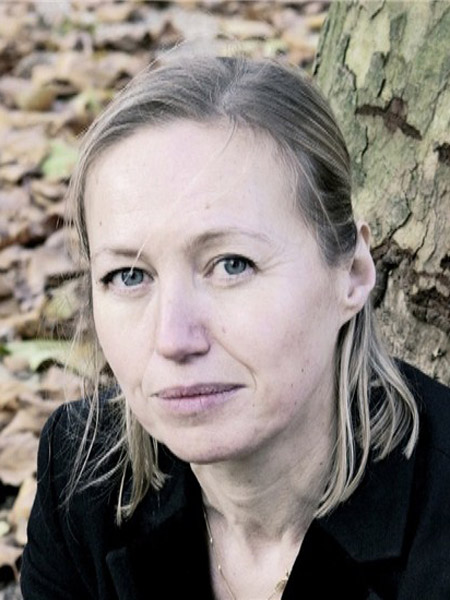 Véronique Gouverneur, University of Oxford, United Kingdom
Véronique Gouverneur, University of Oxford, United Kingdom
Véronique Gouverneur secured a PhD in chemistry at the Université Catholique de Louvain (LLN, Belgium), under the supervision of Professor L Ghosez. In 1992, she moved to a postdoctoral position with Professor R Lerner at the Scripps Research Institute (California, USA). She accepted a position of Maître de Conférence at the University Louis Pasteur in Strasbourg (France). She worked with Dr C Mioskowski and was Associate Member of the ISIS Institute directed by Professor J-M Lehn during this period. She started her independent research career at the University of Oxford in 1998, as a faculty member of the Chemistry department.
Her research aims at developing new approaches to address long-standing problems in the synthesis of fluorinated analogues of natural products, pharmaceutical drugs and probes for PET imaging. Since her appointment in Oxford, she holds a tutorial fellowship at Merton College Oxford where she teaches organic chemistry. She is Professor of Chemistry at the University of Oxford since 2008, and her research has been published in > 160 peer-reviewed publications and presented at > 120 conferences.
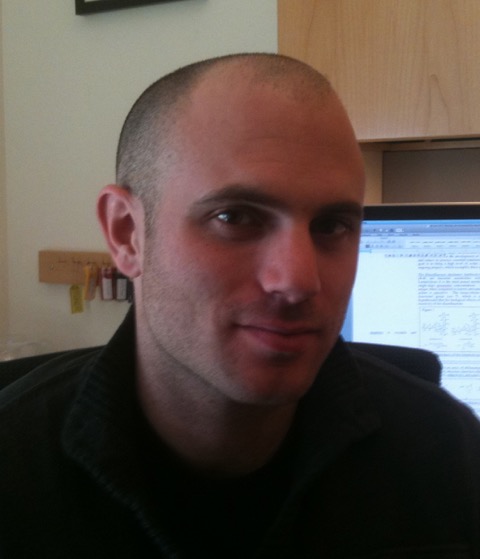 Seth Herzon, Yale University, United States
Seth Herzon, Yale University, United States
Seth Herzon obtained a BS from Temple University, a PhD from Harvard University, and conducted postdoctoral studies at the University of Illinois, Urbana–Champaign. He is currently a Professor of Chemistry and Pharmacology at Yale. His research focuses on synthetic and translational studies of bioactive natural products and catalysis.
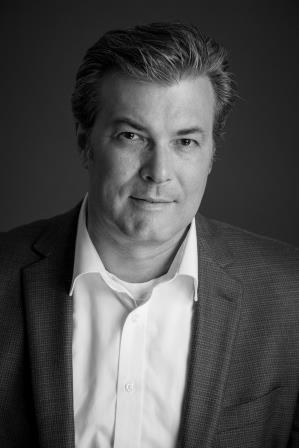 Michael Krische, University of Texas at Austin, United States
Michael Krische, University of Texas at Austin, United States
Professor Michael J. Krische (B.S. UC Berkeley; PhD Stanford University) holds the Robert A. Welch Chair in Science at the University of Texas at Austin, where he has pioneered a broad, new class of C-C bond formations that merge the characteristics of catalytic hydrogenation and carbonyl addition.
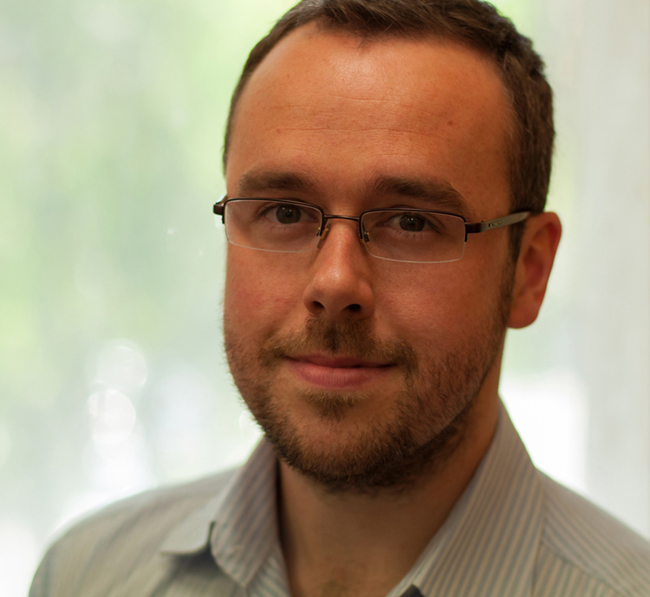 Andrew Lawrence, University of Edinburgh, United Kingdom
Andrew Lawrence, University of Edinburgh, United Kingdom
Andy Lawrence obtained his MChem and DPhil at the University of Oxford. He spent two years as a postdoctoral researcher at the Australian National University, before moving back to the UK for a lectureship at the University of Edinburgh, where he is now senior lecturer. His research focuses on the total synthesis of structurally complex natural products.
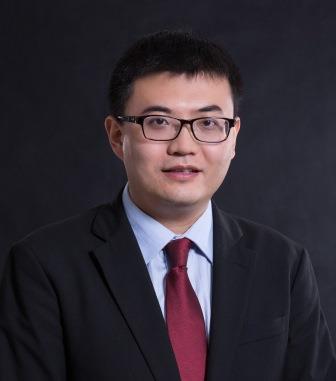 Ang Li, Shanghai Institute of Organic Chemistry, China
Ang Li, Shanghai Institute of Organic Chemistry, China
Ang Li obtained his B.Sc. at Peking University and his Ph.D. at The Scripps Research Institute, and conducted postdoctoral studies at Institute of Chemical and Engineering Sciences in Singapore. He joined the faculty of Shanghai Institute of Organic Chemistry (SIOC), Chinese Academy of Sciences, in 2010. His research focuses on the total synthesis of structurally and biologically interesting natural products.
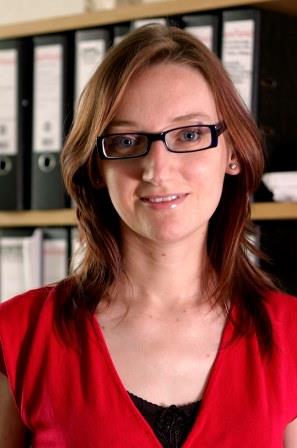 Cristina Nevado, University of Zurich, Switzerland
Cristina Nevado, University of Zurich, Switzerland
Cristina Nevado graduated in chemistry at the Autónoma University of Madrid in 2000. In October 2004 she received her PhD in organic chemistry from the same University working with Prof. Antonio M. Echavarren in late transition metal catalyzed reactions. After a post-doctoral stay in the group of Prof. Alois Fürstner at the Max-Planck-Institut für Kohlenforschung (Germany), she joined the University of Zürich as an Assistant Professor in May 2007. In 2011, Cristina was awarded the Chemical Society Reviews Emerging Investigator Award and the Thieme Chemistry Journal Award in recognition of her contributions in the field of synthetic organic chemistry. In 2012 she received an ERC Junior Investigator grant and has been awarded the Werner Prize of the Swiss Chemical Society. In 2013 she became Full Professor at the Organic Chemistry Institute of the University of Zürich. Rooted in the wide area of organic chemistry, her research program is focused on complex chemical synthesis and new organometallic reactions.
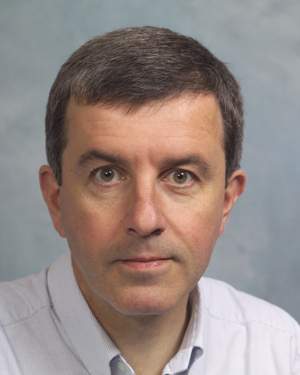 John Sutherland, MRC Laboratory of Molecular Biology, United Kingdom
John Sutherland, MRC Laboratory of Molecular Biology, United Kingdom
John Sutherland studied chemistry at Oxford, and then spent a spell as a Kennedy Scholar at Harvard. Upon return to the UK, he carried out his doctoral work with Jack Baldwin at Oxford, and then stayed in Oxford as a Lecturer in Organic Chemistry. In 1998 he took a chair at Manchester, and in 2010 moved to the MRC Laboratory of Molecular Biology in Cambridge. He is interested in chemistry associated with the origin of life.
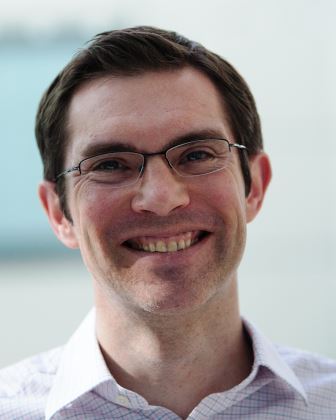 Michael Willis, University of Oxford, United Kingdom
Michael Willis, University of Oxford, United Kingdom
Michael Willis received his undergraduate education at Imperial College, and his PhD from the University of Cambridge working with Prof. Steven Ley. After a postdoctoral stay with Prof. David Evans at Harvard University, he was appointed to a lectureship at the University of Bath. In January 2007 he moved to the University of Oxford, where he is a now a Professor of Chemistry. His group’s research interests are based on the development and application of new catalytic processes for organic synthesis.
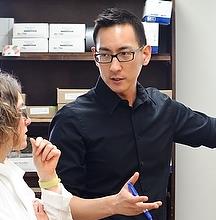 Tehshik Yoon , University of Wisconsin–Madison, United States
Tehshik Yoon , University of Wisconsin–Madison, United States
Tehshik Yoon obtained his AB from Harvard University and his PhD from Caltech. After postdoctoral studies at Harvard, he joined the faculty at the University of Wisconsin–Madison, where he is currently Professor of Chemistry. His research interests center on the application of photochemistry and radical chemistry to organic synthesis.



























